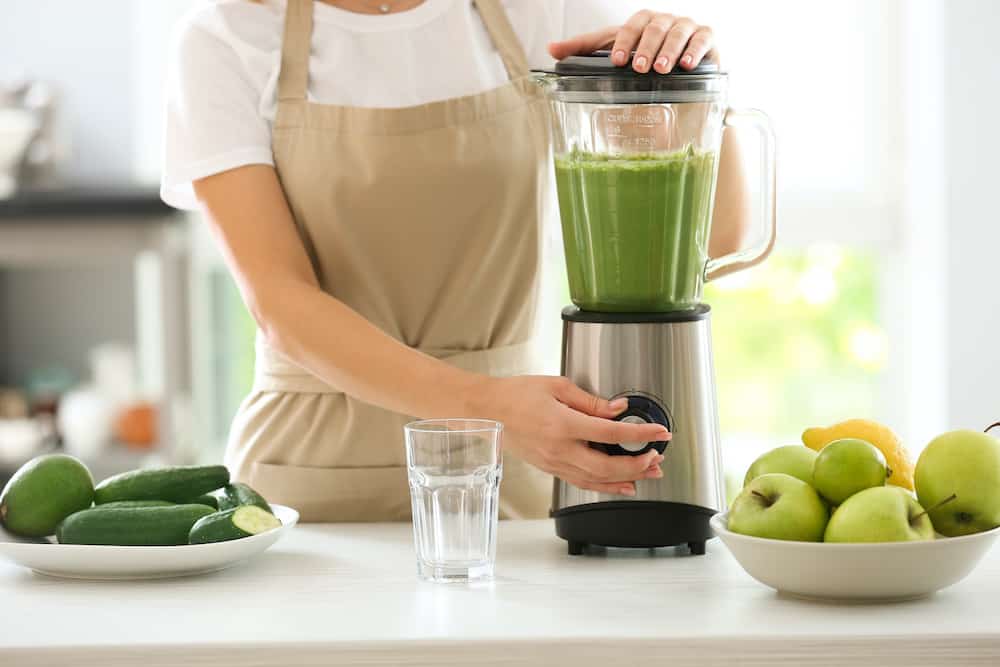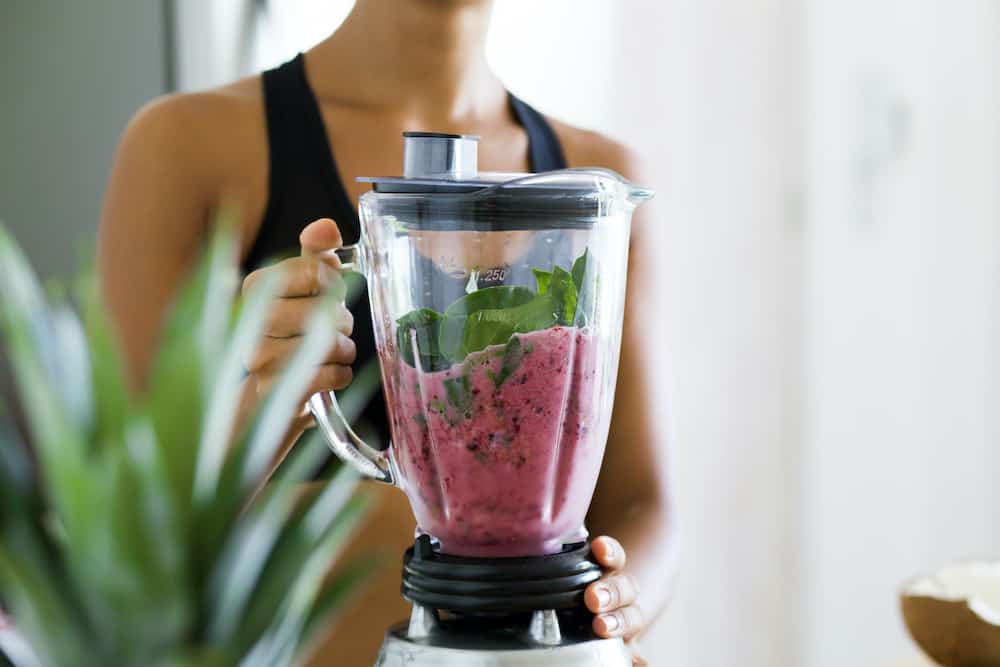If you’ve ever gone on health forums or certain websites, you may have been introduced to a peculiar claim. The claim is that blending your fruit or vegetables into a smoothie could be destroying the nutritional value of the ingredients.
You may be wondering whether this claim bears any weight. Does blending destroy nutrients? What about fiber? Probiotics? We’re going to break down and explore each of those possibilities and theories.
Does Blending Destroy Nutrients?
The idea that blending causes nutrients to be destroyed primarily comes from the premise of oxidation. The oxygen being sucked into the blender destroys nutrients in your ingredients. These nutrients are thought to be preserved if you eat the food in its whole, solid state.
However, if you think about it, this doesn’t completely make sense. Some nutrient loss occurs during blending, but not to the extent that some think. Oxidation occurs the moment food is exposed to air, UV light, and heat.
So Are Nutrients Lost During Blending?
Yes, there is some nutrient loss as a result of the fruit or vegetable being harvested. There is some from the heat of the gears and blades in your blender. That said, oxidation also happens during juicing, cutting, chopping, peeling, and even chewing.
The idea that more than 80% of nutrients are lost purely while the food is blended, however, is excessive. There are no independent, cited resources proving that this much loss occurs. There are only claims.

Does Blending Destroy Fiber?
There are also concerns that blending can cause the good, natural fibers of fruits and vegetables to be destroyed. While the physical state of the fruits, vegetables, or grains in your blender changes, the fiber doesn’t.
Fiber molecules are uniquely constructed and bound together. When you digest foods, your digestive enzymes break down the larger compounds. They are broken down until they’re small enough to pass safely and naturally through the intestines.
The human body lacks the enzymes to break apart fibrous foods. Fiber passes through our small intestines without being absorbed entirely.
What Does the Blender Do?
All your blender does concerning fibrous foods is change the state it’s in when consumed. It does not break down the fiber molecules and does not destroy them. No fiber is lost or destroyed by blending fruits, vegetables, legumes, or grains.
Does Blending Destroy Probiotics?
Probiotics are the live bacteria and yeasts found in foods like yogurt. They are good for you, particularly where your digestive system is concerned. So does blending destroy these beneficial bacteria?
The answer is, sometimes. If you blend normally and at room temperature, you usually won’t kill any probiotics. The likelihood is minimized if you add the yogurt last in your blending process because some probiotics will react negatively to the metallic blades of your blender.
To destroy probiotics found in foods effectively, you need both enzymatic and aggressive mechanical disruptions. Unless your blender can accomplish these feats, you have nothing to worry about!
Conclusion
So, does blending destroy nutrients? Yes, technically, but no more than regular consumption would cause. Practicing proper blending practices can help to minimize any excessive nutrient loss. Your fiber and probiotics are also perfectly safe.

